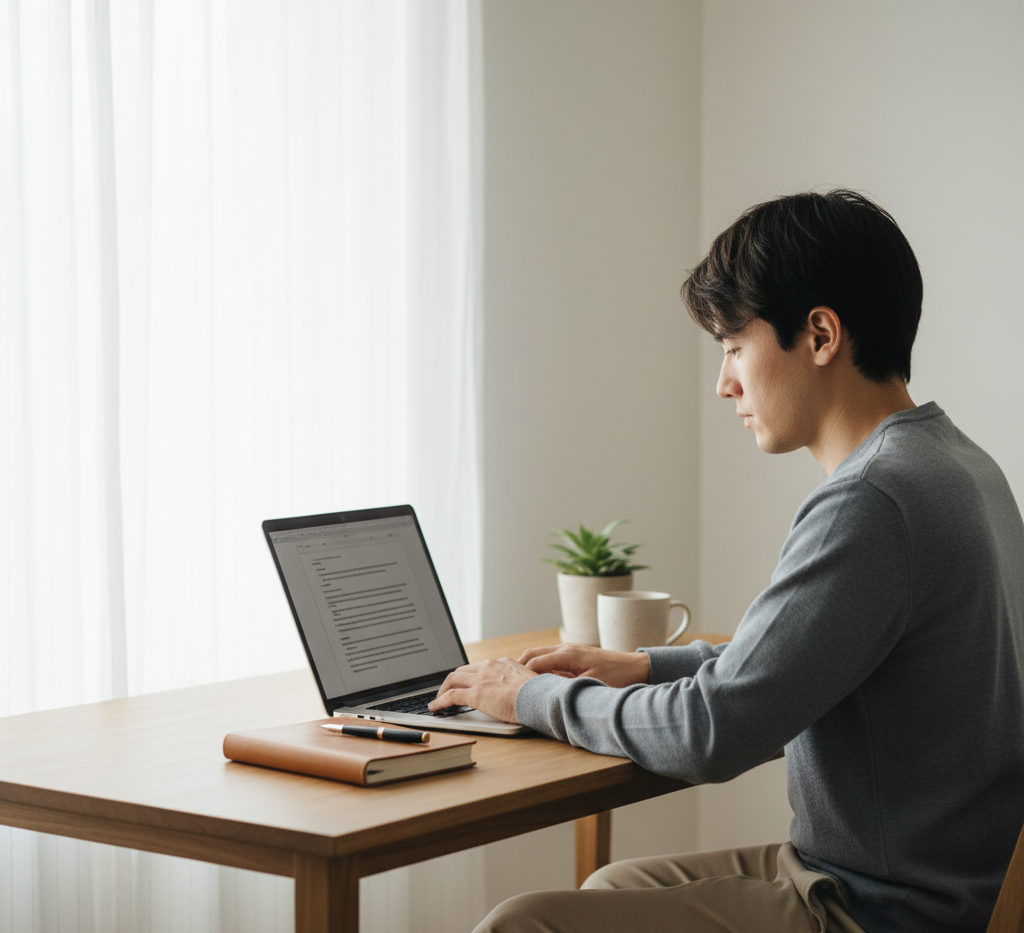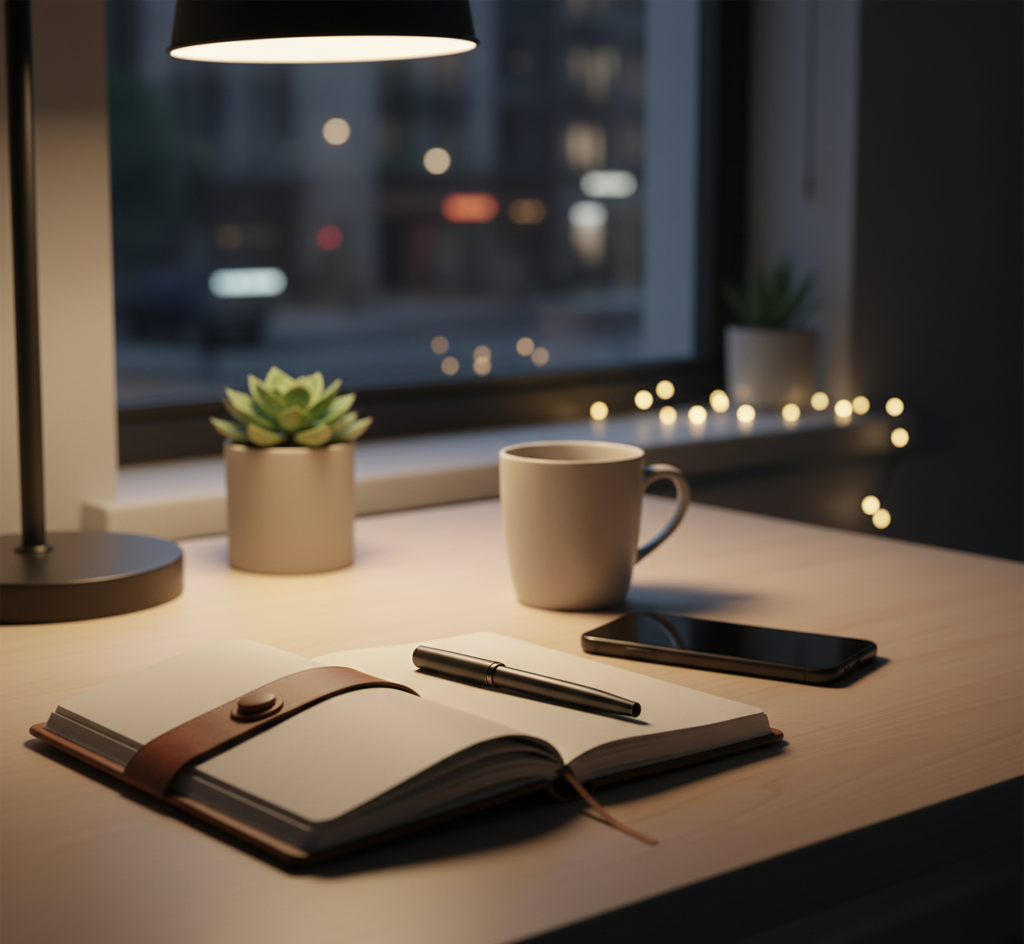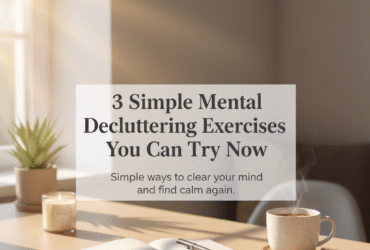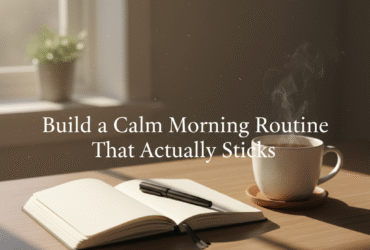Every day, our devices demand attention before we even finish our morning coffee. Emails, notifications, and endless tabs compete for our focus. Sound familiar? You’re not alone. Many of us want structure, but end up feeling scattered instead.
I know this feeling well. For years, my “routine” meant waking up and immediately reacting to whatever app shouted the loudest. Productivity? More like digital chaos.
That changed when I began building a daily digital routine—a framework that gave me clarity, rhythm, and actual breathing room. In this article, I’ll walk you through exactly how I designed it, the tools I rely on, and how you can create your own system that supports focus without adding stress.
Why a Digital Routine Matters
A digital routine isn’t about rigid rules. It’s about intentional rhythms that help you use technology without letting it use you.
Think of it like a playlist. The songs are the same, but the flow matters. Each part sets the tone for what comes next. The same is true for your daily digital habits.
Key takeaway: A daily digital routine helps you replace decision fatigue with flow.
Step 1: Start with a Digital Morning Ritual
The way you begin your day sets the tone for everything else. Instead of letting your phone dictate your priorities, design a calm digital entry point.

My Morning Digital Flow
- Check one inbox, not all. I start with email only, ignoring Slack or social media.
- Review my notes app. A quick scan of ideas captured yesterday gives me direction.
- One priority app. I open my task manager (I use Todoist) to choose just three tasks for the day.
This takes less than 20 minutes, but it makes a massive difference.
Key takeaway: Your morning screen time should give clarity, not overwhelm.
Step 2: Create Digital Boundaries for Focus
If your routine is just “be available all day,” you’ll never reach deep focus. Building boundaries is essential.
Simple Digital Boundaries
- Time-block your apps. Set windows for checking email or Slack.
- Silence non-essential notifications. If it doesn’t move your work forward, mute it.
- One tab rule. Keep only one main work tab open at a time.
I once thought multitasking was efficient. Spoiler: it wasn’t. My brain felt like a browser with 37 tabs open (and music playing from who-knows-where). Once I started building digital walls, focus felt lighter and easier.
Key takeaway: Boundaries create space for flow.
Step 3: Align Tools with Purpose
The best tools don’t add noise—they reduce it. Choosing the right digital companions is key.
My Core Digital Toolkit
- Task manager: Todoist keeps priorities visible.
- Note-taking: Obsidian helps me capture and connect ideas.
- Calendar: Google Calendar acts as my anchor.
- Focus aid: Forest App keeps me present during deep work.
Not every tool will fit your style, but keep this in mind: if a tool takes more time to manage than the task itself, it’s not serving you.
Step 4: Design a Digital Evening Shutdown

Just as important as the morning ritual is the shutdown. Without it, your mind keeps spinning into the night.
My Evening Flow
- Inbox zero (light version). I clear urgent emails but leave non-essentials.
- Daily reflection. I write 2–3 notes about what went well.
- Device off-ramp. I set my phone aside 30 minutes before bed.
This small digital ritual signals my brain: we’re done for today. And yes, it improves sleep.
Key takeaway: An intentional shutdown clears mental clutter.
Step 5: Build in Flexibility
Here’s the truth: no routine should be rigid. Some days I skip steps. Other days I swap tools. That’s not failure—it’s flow.
Your daily digital routine should evolve with you. The goal isn’t perfection. The goal is consistency with kindness.
Signs Your Routine Is Working
- You feel less overwhelmed by notifications.
- You start the day with direction.
- You end the day with closure.
If you’re noticing even one of these, your digital rhythm is on track.
Conclusion
Building my daily digital routine wasn’t about chasing productivity hacks. It was about designing a calm, repeatable rhythm that worked for me.
Here’s what I learned:
- Morning rituals shape your clarity.
- Boundaries protect your focus.
- Evening shutdowns restore your mind.
Start small. Pick one step—maybe a calmer morning ritual—and test it this week.
If you’re ready to explore tools that can help you craft your own system, check out Best Tools to Learn Anything Faster for more ideas.
Because at the end of the day, the right digital routine isn’t about control. It’s about freedom—the freedom to work, learn, and create without digital chaos.





